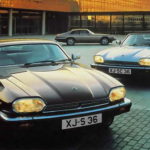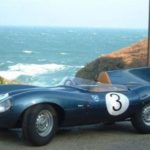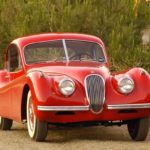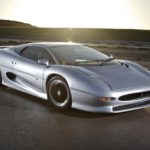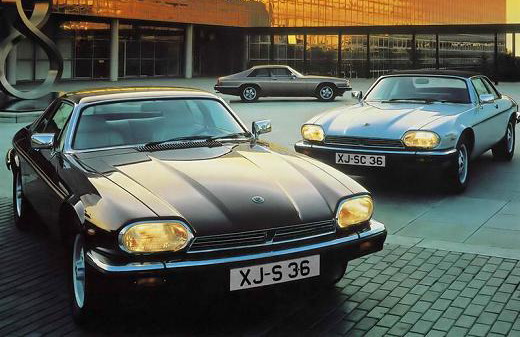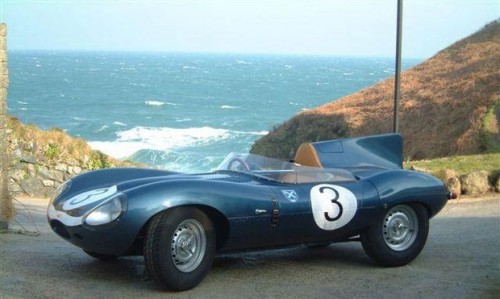Jaguar E-Type 1961 - 1975 - Model history
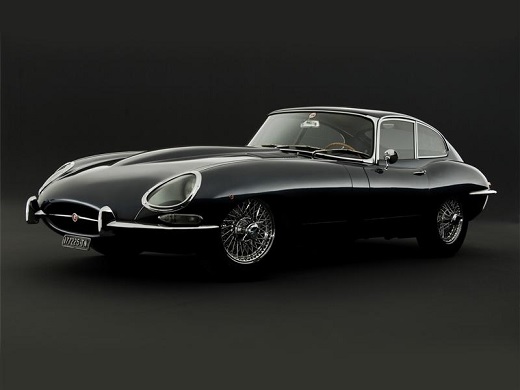
Jaguar E-Type
The story of the best British sports cars, often with only one chapter, the Jaguar E-Type…
Until the advent of this car, the global automotive public has never been so fascinated with a product coming from the United Kingdom. With its superior combination of fantastic design, exciting performance and incredibly low cost, the E-Type was a huge sensation. During the 14 years he spent in production, this model never lost its features that made it famous, but it has evolved in one very interesting way, crossing the path from a Spartan athlete to a luxury Boulevard cruiser. The beginning of the story of this remarkable car is set in the late 120s, in which Jaguar was experiencing a kind of success in the market. The line of limousines that had powerful engines under the hood and high-end luxury in the interior were selling well, both domestically and in Europe and America. The definition of his own style, which remained recognizable, was helped by the famous sports model XK150, which in those years had already evolved to the XKXNUMX version, but despite its popularity and good sales, it could not hide years.
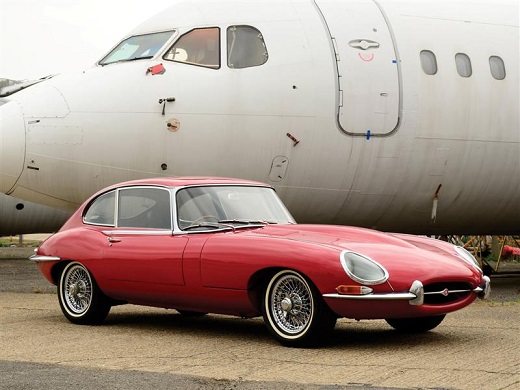
Jaguar E-Type
In addition, Sir William Lyons (founder, then president and majority owner) also had one thing he could be very proud of, such as the successes and victories of racetracks around the world, and especially at Le Mans. Namely, with the famous D-Type and its variants, Jaguar has been dominant on the famous French track for years. The success was even greater if one knew that it was achieved with the pure enthusiasm of team members and ahead of furious competition such as Ferrari or Maserati. These titles have brought the factory great respect, but also the obligation to have at least something of a racing technique in road cars. The first step was the XKSS, but it was a very specific model that was expensive and hardly a stealth racer. On the other hand, seeing that the life span of the XK150 and the entire XK series is coming to an end, Sir Lyons and crew have decided to create a brand new car, using great knowledge, a powerful engine and a unique brand spirit. The new model is conceived as Jaguar's most powerful weapon in the fight for customers. In addition to its adequate design, this car had to have modern technical solutions, most of which were sourced from racetracks, as well as an affordable price that would fit into the traditional home policy whose products were never too expensive considering money received.
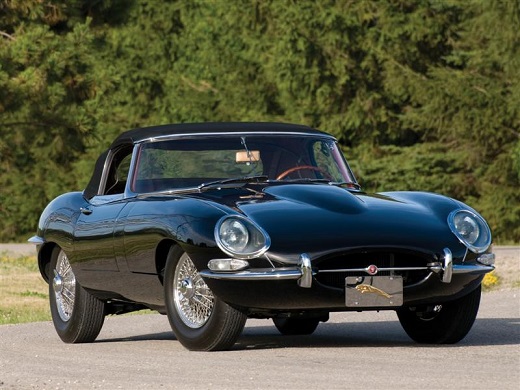
Jaguar E-Type
With these specifications, a very difficult task was given to Jaguar's designers and designers, which they successfully completed. Technically, the new athlete was extremely advanced. The basis was a chassis that had two parts with a steel monocoque and independent suspension and disc brakes on the front and rear axles. This configuration was unimaginably modern for the period and originated directly from Jaguar’s racing program. In addition, typical of British cars, there were some endemic solutions such as mounting the rear discs inside the differential housing, which surprised but also intrigued the audience. When choosing the drive, there was no dilemma, the immortal XK engine with a volume of 3,781cc and 265 hp with the help of three double carburetors was ideal. It is the famous Jaguar six-cylinder engine that has been the backbone of this company's motorization for almost fifty years and which has experienced its best moments in this model. The drive wheels were rear and power was transmitted to them via a Moss four-speed manual transmission.
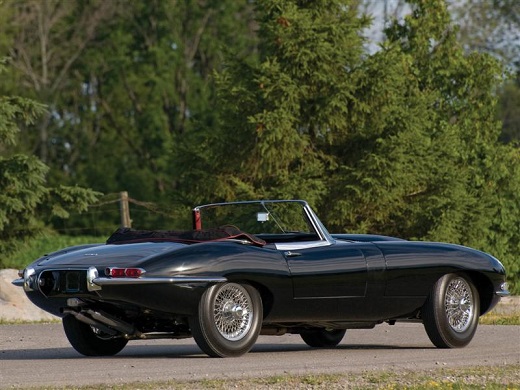
Jaguar E-Type
The aesthetics were in charge of Malcolm Sayer who (with instructions from Sir Lyons himself) created one of the most beautiful, elegant and recognizable shapes in the history of cars. The design was reminiscent of racing models and contained all the elements of a house, but with its calm lines and regular shapes it deserved respect, admiration and even a permanent place at the Museum of Modern Art in New York. The new Jaguar E-Type premiered in March 1961 at the Geneva Motor Show. Since no one expected such a thing from Jaguar, the impact on the public was absolute, and the new model was immediately declared the star of the salon. Journalists and the audience were delighted because the car was completely original, extremely modern and not like the competition that seemed almost outdated with the appearance of the E-Type. The name E-Type itself had no symbolism and is a logical continuation of the model series (C-Type, D-Type). The fame that was currently created around this model was reinforced by performance information that further excited the world. Namely, the E-Type was advertised as the first production car to reach 150 mph (250 km / h) although this figure was a bit exaggerated, 240 km / h was certainly possible.
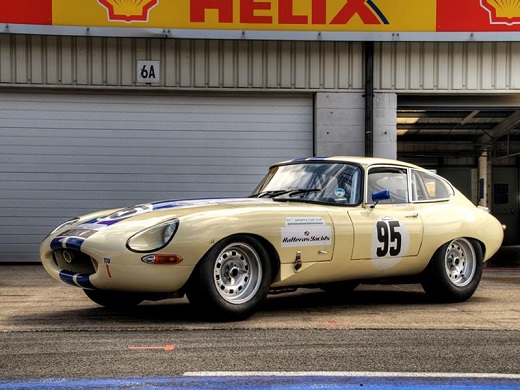
Jaguar E-Type
The acceleration was dependent on the ratio in the differential, but most often it was possible to reach 100 km / h in seven seconds. Knowing all this, connoisseurs were once again very surprised when it was announced that the price of the E-Type was only £ 2,090 which was for two and sometimes three times less than its competitors such as Ferrari or Maserati. Production began immediately after the show, and the factory was logically crowded with orders. The new model was available in two body variants, a coupe, with a practical third door and a large luggage compartment and a roadster convertible. It is interesting that the Jaguar E-Type was very well made, and the road behavior was at an equally high level. However, the Series 1 models did have a few flaws, such as the cramped interior prone to heat and imprecise gearbox, and with high performance they were not for inexperienced drivers. Still, buyers did not pay much attention. With the start of the market life, the racing career of the Jaguar E-Type begins. Admittedly, first within private teams and only later under the auspices of the factory. In its first race, in 1961, at the hands of Graham Hill, the E-Type takes its first victory ahead Aston Martin, Maserati i Ferrari, those models that did the competition.
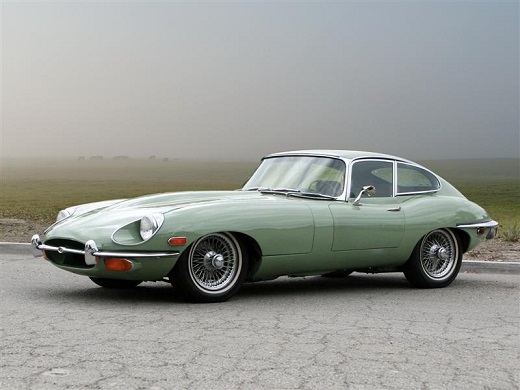
Jaguar E-Type
However, the Jaguar E-Type was not as much a force on the track as it was strong on the market, and it was not until 1966 that the factory created a series of ultra light cars with an aluminum body and modified engines. This series was never intended for civilian use and all 13 copies spent their lives on racetracks around the world. The audience animated by E-Type was really wide. From urban snobs to true connoisseurs who have recognized top quality in this car. In addition, anyone who wanted to have one of the fastest cars on the market during the sixties, did not have to turn to Italian exotics, but found that feature in Jaguar, which was far more affordable and reliable. Especially popular in the homeland, E-Type is part of the "swinging London" cultural and social scene of the sixties, and along with the music of the Rolling Stones and the Beatles, it is its trademark. In keeping with its tradition of listening to and accepting customer suggestions, in 1964, Jaguar introduced the E-Type with a 4.2-liter engine and the same power, but higher torque and a much better work culture.
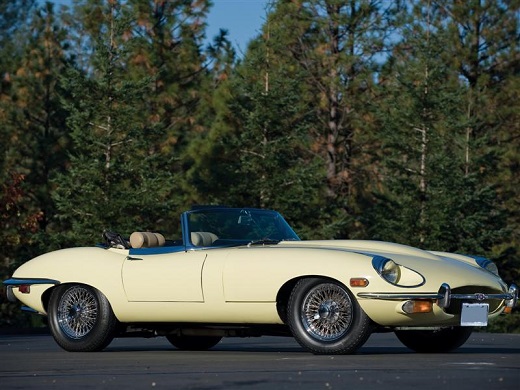
Jaguar E-Type
It is the same unit that has been improved and has been accompanied by the installation of a new gearbox, its own production that has proven far better than Moss units. The 1-liter Series 4.2 models were much better, more cultivated and more suitable for everyday use. Two years later, in 1966, a model 2 + 2 was introduced, a version that could accommodate four passengers and was manufactured in parallel with a regular coupe and convertible. This interesting move is a reaction to the audience's criticisms of the space. To accommodate the additional two seats, the wheelbase was increased by almost 20 cm while the roof line was also higher than the two-seater. Still, adult passengers were tight in the back seats but customers were given an interesting alternative. In 1968, following new regulations and industry trends, Jaguar introduced the E-Type Series 2 Series. This generation differs from the previous one by the open headlamps (without Plexiglas protection), the larger air intake and the taillights that were mounted under the bumper. The weight was increased and the performance decreased by hue. The reason for these changes lies in the factory's intention to remain competitive in the highly profitable US market, dictated by the development of safety regulations.
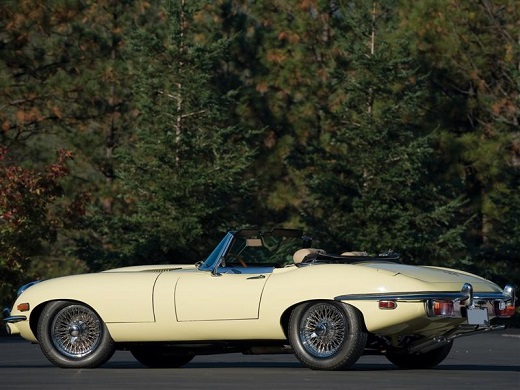
Jaguar E-Type
In addition, cars for the North American market had somewhat "choked" engines, so they were slower. Still, Sir Lyons has seen the E-Type falter in the battle for customers because despite all its qualities, it has spent almost ten years in the market. Therefore, it was decided to seriously modernize this model, and the emphasis was placed on mechanics. The thinking of Jaguar engineers, who thought that it would be best if the V12 heart beat in the E-Type, also went in that direction. Work on this ambitious project took a long time and a new luxurious unit was ready in the early seventies. The Jaguar E-Type 3 Series was introduced in 1971. The public welcomed this model a bit lukewarmly because they were expecting a brand new car, not just a perfected variant. Still, the 12-liter V5.3 engine is warmly welcomed. This engine was one of the best in the world and is a true masterpiece of Jaguar engineers. Fantastically quiet and powerful (275 hp, but measured according to the DIN system), it provided even better performance, but it was an example of superior drive in an already outdated body.
The 3 Series had a lot of aesthetic details that softened the original design. A larger and different air intake and thicker bumpers were a tribute to the new safety laws. The market was again offered two versions, a convertible and a coupe that was only 2 + 2. Nevertheless, this last series became a pure grand tourismo car, crossing a great development path from the macho character of its predecessor, which experts characterize as a bad development. Either way, the Jaguar E-Type was slowly approaching the end of its journey. Despite the former fame, in the seventies this model was not interesting. Sales were constantly declining until 1975, when production was discontinued. This legendary "Union Jack" athlete was made in exactly 72,507 copies. Jaguar The E - type is the most recognizable and probably the best English sports car of all time. Completely original and unrepeatable, it became the décor and symbol of the XNUMXs and the English auto industry of the period.
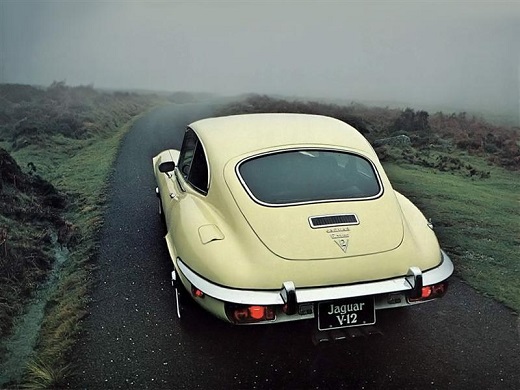
Jaguar E-Type
The charm, quality, speed and character of all its versions make it a versatile car that could be equally well used on racetracks and narrow London streets as on the California coast. Because of this, this car of unique features, fatal design and timeless impression has created a history of motoring and is an important part of it.
Author: 426 Hemi
Pictures: Jaguar
Retrieved from: www.brzabrzina.com
Recommendation of similar texts:

Hi there, I am Mladen and I am an auto enthusiast. I started this blog years ago to help like minded people share information about latest cars, car servicing ideas, used car info, exotic cars, and auto technology. You will find helpful articles and videos on a wide variety of cars - Audi, Mercedes, Toyota, Porsche, Volvo, BMW and much more. Ping us if you have anything cool to share on latest cars or on how to make older cars more efficient, or just want to say hi!

